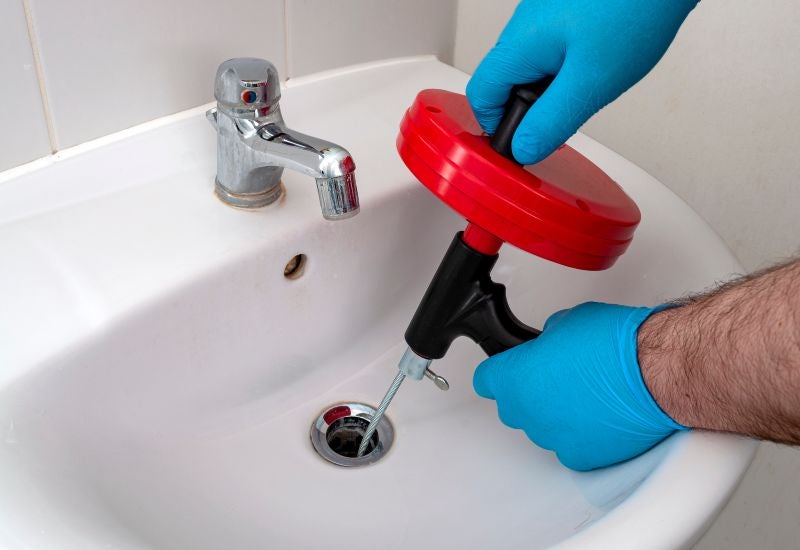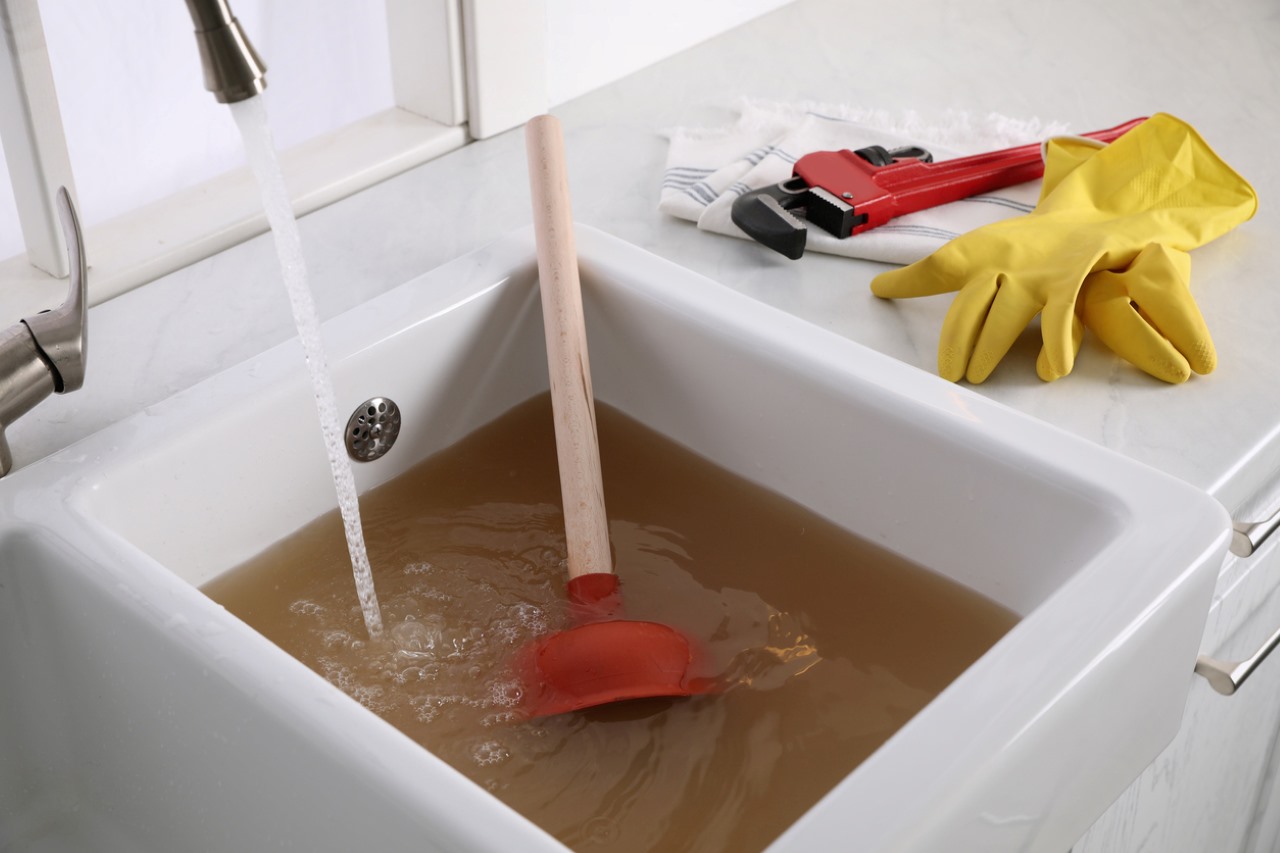Tips to Effectively Use Plungers and Drain Cleaners: Expert Guide
Tips to Effectively Use Plungers and Drain Cleaners: Expert Guide
Blog Article
Are you hunting for advise around How To Use Your Toilet Plunger Correctly in 5 Easy Steps?

Introduction
Correct maintenance of household drains is crucial for stopping obstructions and making sure smooth water circulation. One of the secret tools in every home owner's toolkit is the bettor, along with numerous drain cleansers designed to tackle stubborn blockages efficiently. This short article discovers how to use plungers and drain cleansers properly to maintain your drains flowing freely.
Section 1: Recognizing Bettors
Sorts of Plungers
There are a number of sorts of plungers offered, each made for different types of drains and blocks. The most common kinds consist of cup plungers, flange bettors, and accordion bettors.
Exactly How Plungers Work
Plungers service the principle of producing pressure and suction to dislodge blockages. When effectively used over a drain, they develop a vacuum that can pull out particles or separate obstructions.
Selecting the Right Plunger
Selecting the right plunger relies on the sort of drainpipe and the nature of the obstruction. Cup plungers are excellent for sinks and bathtubs, while flange plungers are much better suited for commodes because of their style.
Typical Blunders with Bettors
Avoiding these errors guarantees reliable plunging: improper seal around the drain, insufficient pressure, and not clearing bordering particles.
Section 2: Using Plungers Efficiently
Preparation
Prior to plunging, make sure the plunger covers the drainpipe totally and develops a tight seal. Clear any visible particles around the drain opening.
Method
Start with gentle plunging motions to construct suction. Rise stress slowly, utilizing a consistent rhythm. Repeat as necessary till the drainpipe gets rid of.
Troubleshooting Tips
If diving does not function, attempt adjusting the seal, applying oil jelly for a better seal, or utilizing a different sort of bettor.
Area 3: Recognizing Drain Cleaning Company
Sorts Of Drain Cleansers
Drain cleaners can be chemical or chemical. Chemical cleaners make use of strong chemicals to dissolve obstructions, while chemical cleansers use all-natural enzymes to break down raw material.
Just How Drain Cleansers Job
Chemical cleaners react with obstructions to liquify them, while enzymatic cleaners break down natural materials like hair and grease without hurting pipelines.
Security Factors to consider
Constantly wear gloves and eye defense when using chemical drainpipe cleaners. Make sure adequate ventilation and comply with maker directions carefully.
Eco-Friendly Alternatives
Take into consideration utilizing vinegar and cooking soda or enzyme-based cleansers for green alternatives that are safer for pipelines and the environment.
Section 4: Utilizing Drainpipe Cleaning Company Efficiently
Application Methods
Pour chemical cleansers straight right into the drain opening. Permit them to work for the advised time before purging with hot water. Enzymatic cleaners ought to sit overnight.
Precautions
Avoid blending various sorts of cleaners, as this can generate hazardous fumes. Never use chemical cleansers together with a plunger, as spilling can happen.
Dealing With Persistent Obstructions
For consistent obstructions, think about utilizing a pipes snake or calling a specialist plumber to avoid damages to pipes.
Verdict
Finally, comprehending exactly how to utilize plungers and drain cleaners successfully is crucial for maintaining healthy pipes systems. By selecting the right tools and strategies, homeowners can deal with minor clogs and protect against significant pipes issues down the line.
How to Use a Plunger to Unclog a Drain
The humble plunger is a simple yet effective tool for breaking clogs in sinks, tubs and toilets. This handy tool is easy to use. You can make the most of its power if you understand how it works. Ready to dive in? Here’s what you need to know.
Safety First!
Never use a plunger with drain chemicals. Water will splash as you work, and the chemicals can spatter, burning skin and eyes. It’s a good idea to use rubber gloves and wear safety goggles when you work on a clog.
Choose the Right Tool for the Job
Plungers come in two different styles. Sinks, bathtubs and showers require a cup plunger. Like its name suggests, the rubber end is shaped like a cup. Use a flange plunger on toilets. These plungers have a rubber funnel extending from the cup. A plunger needs to be big enough to cover the drain.
Ready, Set, Plunge!
Coat the rim: Coat the plunger rim with petroleum jelly. This helps make a better seal.
Block outlets: Hold a wet rag over nearby outlets such as the overflow vent or the drain in a second sink.
Release air: Insert the plunger at an angle into the water. Water will displace air in the cup. A water-filled cup is more forceful than one filled with air.
Keep the plunger upright: Hold the plunger perpendicular to the drain. Use fast, forceful strokes, but make the first stroke gentle. The first stroke can create a splash if the cup still contains air. Thrust the plunger 15 to 20 times.
Snap off the plunger: The final stroke should be a strong upward motion that ends when the plunger snaps off the drain.
Repeat the process: you may need to repeat this sequence several times. When the water drains away, your work is done. High-five! https://plumbernw.com/blog/how-to-use-a-plunger-to-unclog-a-drain/

Application Methods
Pour chemical cleansers straight right into the drain opening. Permit them to work for the advised time before purging with hot water. Enzymatic cleaners ought to sit overnight.
Precautions
Avoid blending various sorts of cleaners, as this can generate hazardous fumes. Never use chemical cleansers together with a plunger, as spilling can happen.
Dealing With Persistent Obstructions
For consistent obstructions, think about utilizing a pipes snake or calling a specialist plumber to avoid damages to pipes.
Verdict
Finally, comprehending exactly how to utilize plungers and drain cleaners successfully is crucial for maintaining healthy pipes systems. By selecting the right tools and strategies, homeowners can deal with minor clogs and protect against significant pipes issues down the line.
How to Use a Plunger to Unclog a Drain
The humble plunger is a simple yet effective tool for breaking clogs in sinks, tubs and toilets. This handy tool is easy to use. You can make the most of its power if you understand how it works. Ready to dive in? Here’s what you need to know.
Safety First!
Never use a plunger with drain chemicals. Water will splash as you work, and the chemicals can spatter, burning skin and eyes. It’s a good idea to use rubber gloves and wear safety goggles when you work on a clog.
Choose the Right Tool for the Job
Plungers come in two different styles. Sinks, bathtubs and showers require a cup plunger. Like its name suggests, the rubber end is shaped like a cup. Use a flange plunger on toilets. These plungers have a rubber funnel extending from the cup. A plunger needs to be big enough to cover the drain.
Ready, Set, Plunge!
Coat the rim: Coat the plunger rim with petroleum jelly. This helps make a better seal. Block outlets: Hold a wet rag over nearby outlets such as the overflow vent or the drain in a second sink. Release air: Insert the plunger at an angle into the water. Water will displace air in the cup. A water-filled cup is more forceful than one filled with air. Keep the plunger upright: Hold the plunger perpendicular to the drain. Use fast, forceful strokes, but make the first stroke gentle. The first stroke can create a splash if the cup still contains air. Thrust the plunger 15 to 20 times. Snap off the plunger: The final stroke should be a strong upward motion that ends when the plunger snaps off the drain. Repeat the process: you may need to repeat this sequence several times. When the water drains away, your work is done. High-five! https://plumbernw.com/blog/how-to-use-a-plunger-to-unclog-a-drain/

As a person who reads about Tips on How to Effectively Use a Plunger, I figured sharing that topic was really useful. Sharing is nice. You just don't know, you may be helping someone out. I cherish reading our article about How To Use Your Toilet Plunger Correctly in 5 Easy Steps.
Here Report this page